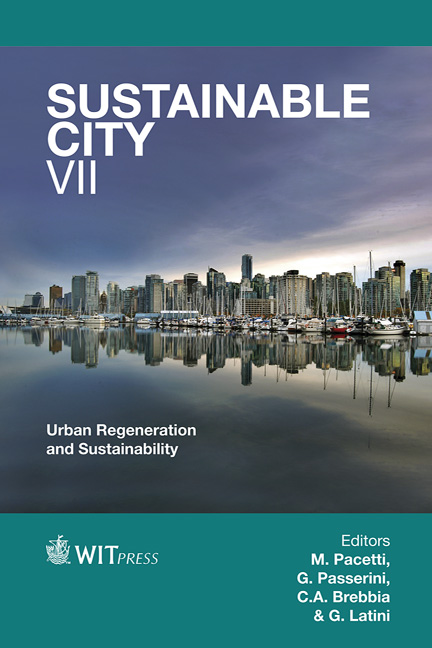Method For Analysis And Comparison In Planning Urban Surface Transport Systems
Price
Free (open access)
Transaction
Volume
155
Pages
12
Page Range
931 - 942
Published
2012
Size
1,118 kb
Paper DOI
10.2495/SC120782
Copyright
WIT Press
Author(s)
R. Bozzo, M. Canepa, C. Carnevali, R. Genova & G. Priano
Abstract
New trends in mobility demands require rapid responses on behalf of public transportation, which must provide dependable, comfortable, economically and environmentally sustainable services, with high transport capacities. In rubbertyred transportation, the only element that influences transport capacity is the length of the vehicle, as seen in the 24-meter-long buses (with traditional or hybrid drive) and trolleybuses that have appeared in recent years on the roads of several European cities also as BRT (Bus Rapid Transit). Innovations in the tramway sector have been fundamental, like interoperable tram train systems; modern rolling stocks, which are modular with lengths of up to 32 meters, quieter, and aesthetically revamped, can today be equipped by many manufacturers with wireless technology (ground-based systems or batteries), thanks to which overhead lines in areas of special architectural interest can be avoided. The LRT (Light Rail Transit) represents a rational, more economical model of the \“underground” with entirely dedicated stretches of route, and with the sort of strict operating plan inherent to such systems but with much lower costs for the creation of the infrastructure. The authors of this article suggest a method of analysis to assist in these decisions by pre-emptively evaluating the current technical and economic consequences resulting from the introduction of systems of the latest design; for each case under evaluation, that is, for each line identified or hypothesized, key data regarding its technical characteristics and its transport demands must be obtained, in order to then succeed in determining the working conditions for the operation and the investment and management costs. Keywords: urban public transport, tram-train, LRT, economic indicators, transport capacity, sustainability.
Keywords
urban public transport, tram-train, LRT, economic indicators, transport capacity, sustainability.





